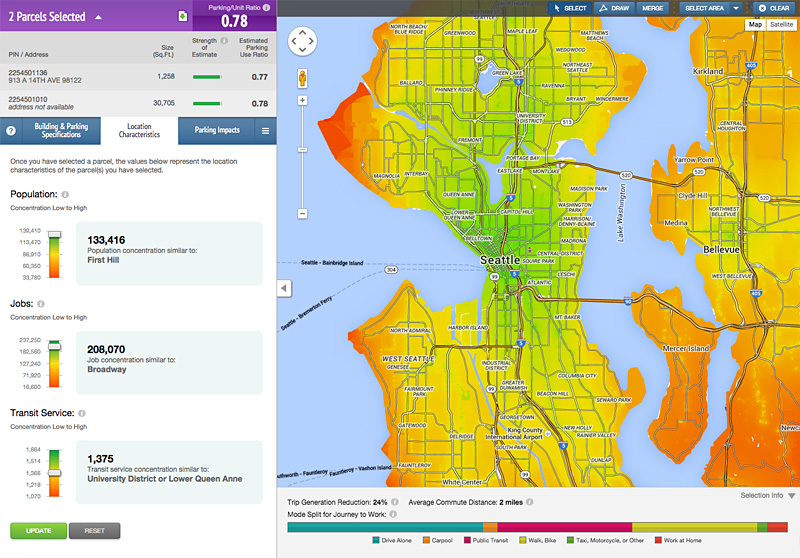Urban flooding can quickly destroy a home or business, and it’s happening across the country more frequently than ever before. It’s often caused by intense rainfall on impervious paved surfaces, though urban flooding can also happen when old, undersized or poorly maintained stormwater infrastructure fails. In either case, urban flooding often occurs in ways and at times you would least expect.
 That’s what happened one night last year to Pueschel Schneier’s Pensacola, Fla., home when she noticed water coming up through her floorboards. Within a couple of hours, the water was five feet high. It turned out that the wall of her neighborhood’s elevated retention pond – located 10 blocks away – had collapsed, sending 40 million gallons of water down her street.
That’s what happened one night last year to Pueschel Schneier’s Pensacola, Fla., home when she noticed water coming up through her floorboards. Within a couple of hours, the water was five feet high. It turned out that the wall of her neighborhood’s elevated retention pond – located 10 blocks away – had collapsed, sending 40 million gallons of water down her street.
The 35-year-old pond was like a ticking time bomb, she later learned. The pond had never been dredged, so debris like leaves had built up over time. Making matters worse, nearby dirt roads had been paved with impervious asphalt that acted like a funnel for the racing water.
“Over the years, they have paved the roads, built the interstate, and built multiple parking lots,” Pueschel says. “All this impervious design prohibits the absorption of runoff into the ground, so there is nowhere for the water to go. Since I bought my house in 1997, there have been three large parking lots paved within two blocks of my house.”
Pueschel’s story isn’t unusual. Flooding in urban communities is a national problem, costing property owners and taxpayers tens of billions of dollars every year.
We’re grateful that she, along with many other homeowners across the country, have completed CNT’s short urban flooding survey and shared stories of their experiences. We are seeking these stories to provide support for a bill being considered in Congress right now that will help reduce property damage: the Urban Flooding Awareness Act.

Current flood control programs focus primarily on floodplains that fill up with water when rivers and lakes overflow their banks, but millions of property owners outside these floodplains are suffering damage each time there is a moderate rainfall of one to three inches. In fact, a recent study in Illinois showed that more than 92 percent of all flood damage claims over an eight-year period were outside any designated floodplain.
To solve this problem, Congress needs to gather the best available information on a national scale, and the Urban Flooding Awareness Act is designed to do that.
But to pass this legislation, we need your help.
Please take five minutes to complete our survey. Your flooding story will help convince lawmakers nationwide that urban flooding is an important, urgent problem that needs to be solved. Please be sure to include your ZIP code, since we can’t use your survey results without it. Even though it’s not required in the survey, please consider sharing your contact information so that we can learn more about your flooding situation. Together, we can get lawmakers to put urban flooding on the national agenda.





 Strengthening Transit Through Community Partnerships
Strengthening Transit Through Community Partnerships